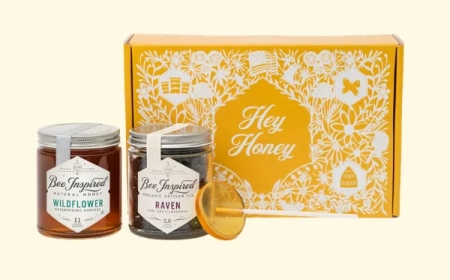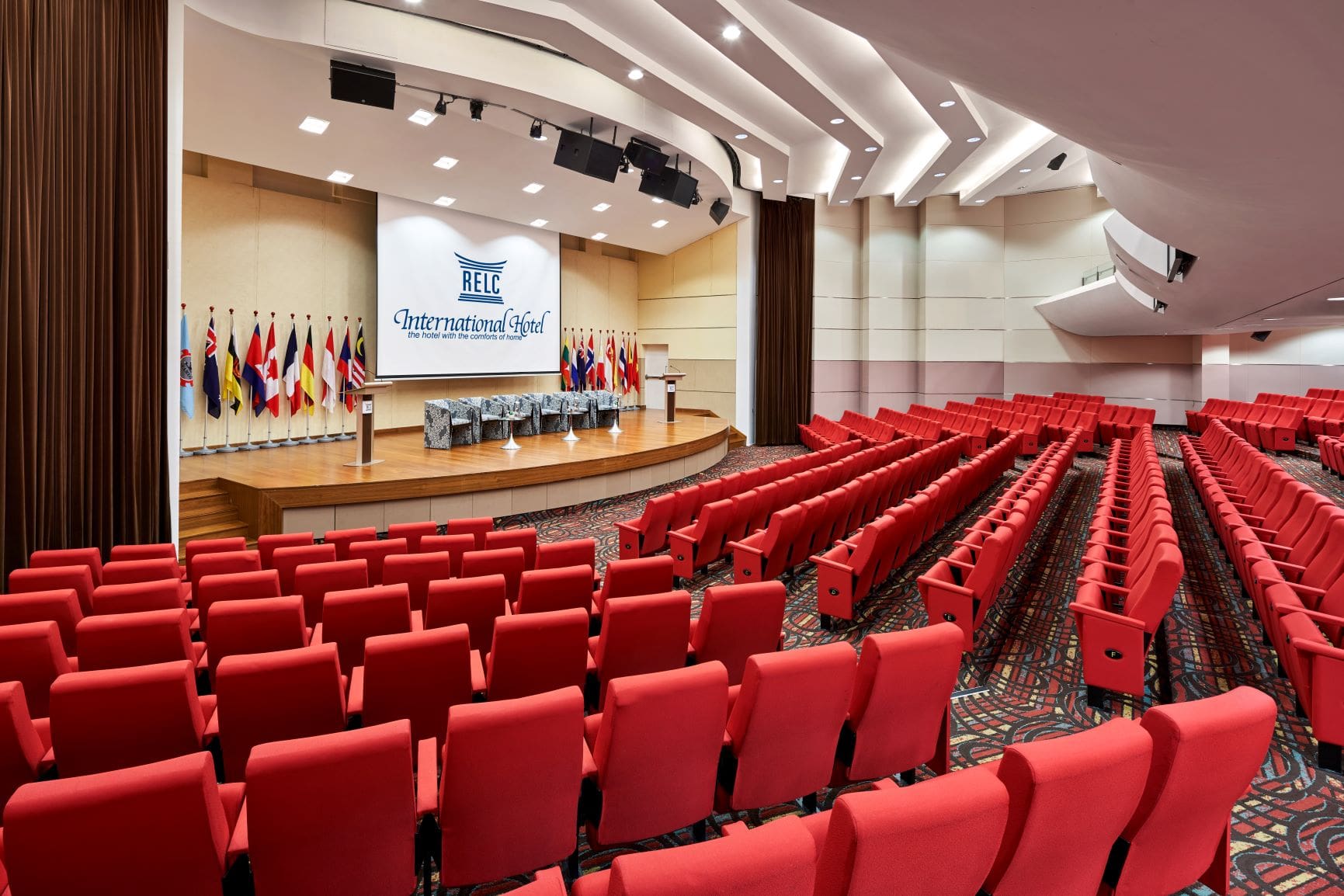The Real Sri Lanka: Beyond the Tourist Spots
Sri Lanka is often praised for its golden beaches, world-class tea, and lush highlands. But theres more to this island than the typical travel photos suggest. Beyond the surface lies a side of Sri Lanka most visitors dont see, untouched landscapes, quiet coastal towns, and cultural experiences that remain authentic despite the country's growing popularity. This is the real Sri Lanka, unfiltered, diverse, and endlessly captivating.
While major tourist hubs like Colombo, Galle, and Ella have their own charm, stepping away from these popular stops reveals a different rhythm to life on the island. This is a land where fishermen still cast nets by hand at dawn, ancient rituals take place in rural temples, and time seems to move just a bit slower.
Why Go Beyond the Usual?
Traveling off the beaten path isnt just about avoiding crowds; its about discovering meaning. The charm of Sri Lanka lies in its contrasts. Towering mountains give way to flat farmlands, colonial architecture sits beside Buddhist shrines, and bustling towns transition into serene, wildlife-filled plains.
Most Sri Lanka tour packages tend to focus on the well-known highlights: Sigiriya Rock Fortress, Yala National Park, and the beaches of Mirissa. But the country's lesser-known destinations often leave a stronger impact. These places are rich in character, offer deeper cultural connections, and allow for quieter, more personal travel moments.
Digging Deeper into the Island
The list of places to visit in Sri Lanka goes far beyond the travel brochures. Consider Kalpitiya, a peninsula on the northwest coast. Known among locals for its dolphin sightings and kitesurfing winds, its still refreshingly free of mass tourism. The nearby sandbanks and mangroves are ideal for kayaking and bird watching in complete tranquility.
Then theres Belihuloya, a small mountain village hidden between the southern plains and central hills. With misty air, cascading waterfalls, and forest trails, its perfect for eco-tourism and adventure seekers. Youll rarely spot tourist vans here, which means you get the landscape and its serenity, mostly to yourself.
Rural Sri Lanka: Living Culture in Real Time
In many rural areas, life moves to the rhythm of traditions. Visit a village near Anuradhapura or Polonnaruwa, and youll see farmers tending to paddy fields with buffalo, children cycling to school along dusty paths, and elders gathering under shady trees for a game of carrom.
Unlike the curated experiences youll find in cities, these moments are unscripted and real. Engage with a local family, try a home-cooked meal, or join a small temple celebration. Youll walk away with more than just photos, youll collect stories.
Hidden Temples and Sacred Spaces
While many travelers visit the Temple of the Tooth in Kandy or the Dambulla Cave Temples, Sri Lanka is dotted with sacred sites that remain under the radar. The Mulkirigala Rock Temple, for instance, is an ancient monastery perched on a massive rock near Tangalle. Fewer visitors make the climb, but those who do are rewarded with stunning murals and panoramic views.
Further inland, the forgotten ruins of Ritigala sit shrouded in jungle. Believed to be the ancient dwelling of ascetic monks, this forest monastery is as mysterious as it is spiritual. The quietness here isnt just peaceful, its sacred.
Beaches Without the Buzz
Sri Lankas coastline stretches for over 1,300 kilometers, and while beaches like Hikkaduwa and Bentota get most of the attention, some of the best spots are almost deserted. In the east, places like Passikudah and Nilaveli offer shallow, calm waters and powdery sand without the crowds or chaos.
Down south, the beaches near Rekawa and Kalametiya are havens for sea turtles and birdlife. You wont find beach bars or loud music here, just the gentle sound of waves and maybe a fisherman walking by with the days catch.
Wildlife Encounters in Peace
Yala National Park is famous for leopards, but its also heavily visited. For a more personal wildlife experience, consider Wilpattu in the northwest. Its Sri Lankas largest national park and remains relatively quiet year-round. Sloth bears, elephants, and leopards roam here freely, and the lack of vehicle traffic makes for more natural animal behavior.
In the central highlands, the Peak Wilderness Sanctuary surrounds the sacred Adams Peak and is home to unique species like the purple-faced langur. Trekking here offers both ecological richness and spiritual significance.
Food That Tells a Story
Sri Lankan cuisine is flavorful, colorful, and deeply rooted in tradition. While cities offer great food, village kitchens tell you more about the culture. Imagine eating spicy jackfruit curry in a mud house, sipping fresh coconut water offered by your host, or grinding spices by hand with a local cook.
Many small communities now open their homes for authentic dining experiences, letting you connect with the culture through its most honest expression, its food.
A Place for Mindful Travel
One of the greatest joys of traveling through the real Sri Lanka is the opportunity for reflection. Whether youre meditating in a forest monastery, learning to harvest tea from hillside fields, or simply watching the sun rise over a misty valley, the experience feels personal and grounding.
Sri Lanka rewards travelers who are patient, observant, and open to the unexpected. Its a place that doesnt just offer things to see, it offers ways to feel.
Final Thoughts: Sri Lanka in Its Purest Form
Beyond the tourist spots, Sri Lanka becomes more than a destination. It becomes a journey into something more intimate, a look at everyday life, at cultural resilience, at nature that still thrives quietly. The popular routes are popular for a reason, but the soul of the country lies in the places with fewer footprints.
So if you truly want to understand the island, go beyond what the guidebooks suggest. Get lost in a village, pause at an unknown waterfall, or listen to stories told in soft Sinhalese under a banyan tree. Thats the real Sri Lanka, waiting to be found, one hidden corner at a time.

































